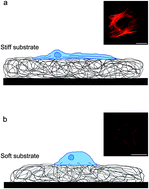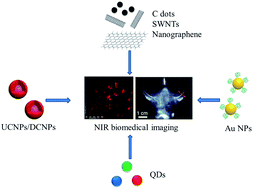Lithium ion batteries that can be stretched by 600% have been unveiled by scientists in China. In the future, the fibre shaped batteries could be woven into textiles to satisfy the ever-growing requirement for wearable devices.
Huisheng Peng and colleagues at Fudan University made the superelastic batteries by winding two carbon nanotubes–lithium oxide composites yarns, which served as the positive and negative electrodes, onto an elastomer substrate and covering this with a layer of gel electrolyte. The batteries owe their stable electrochemical performance under stretching to the twisted structure of the fibre electrodes and the stretchability of the substrate and gel electrolyte, with the latter also acting as an anchor. When the batteries were stretched, the spring-like structure of the two electrodes was maintained.
The full article can be read at Chemistry World.
A link to the original article can be found below:
Super-stretchy lithium-ion battery based on carbon nanotube fiber
Ye Zhang, Wenyu Bai, Jing Ren, Wei Weng, Huijuan Lin, Zhitao Zhang and Huisheng Peng
J. Mater. Chem. A, 2014, Advance Article
DOI: 10.1039/C4TA01878H















